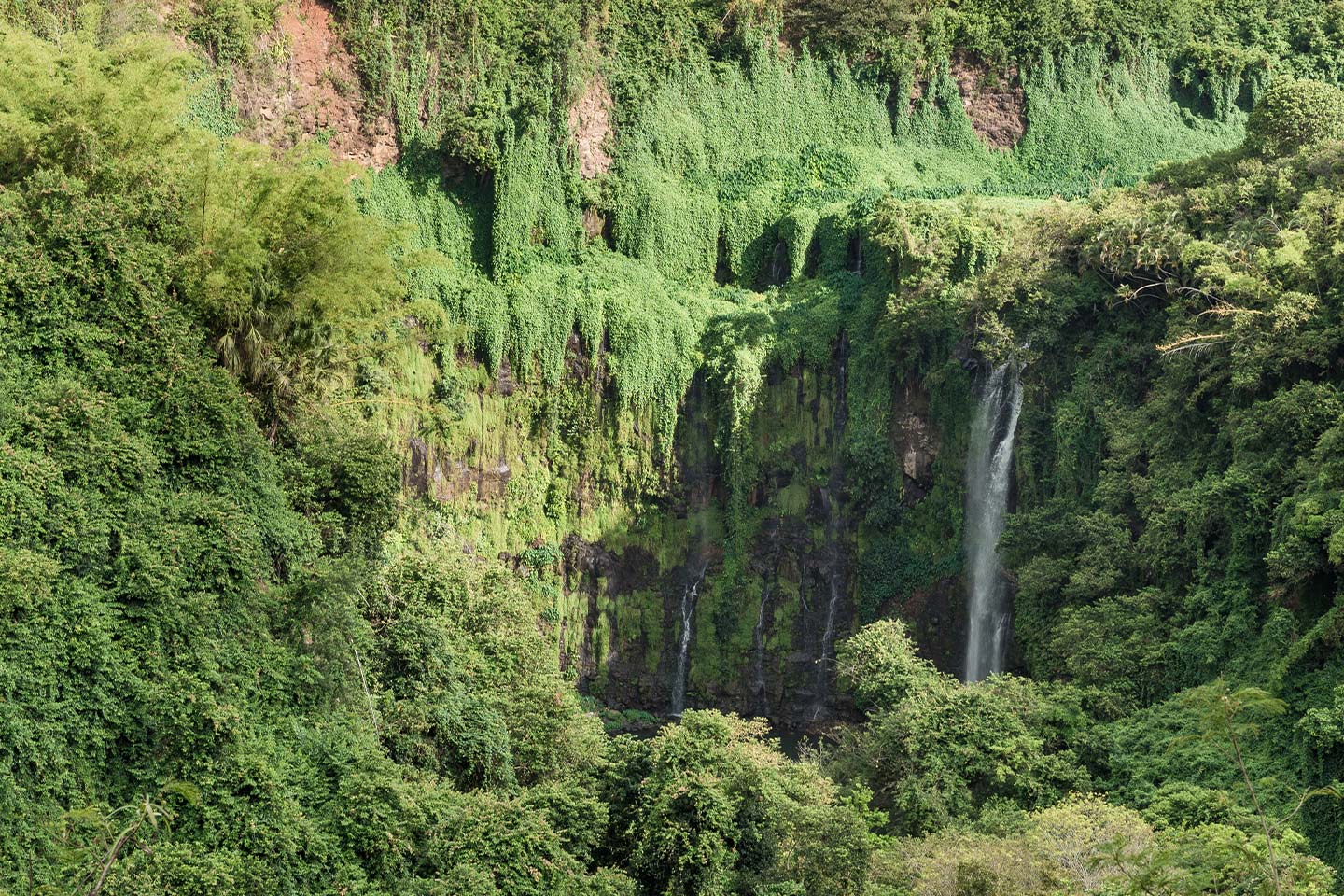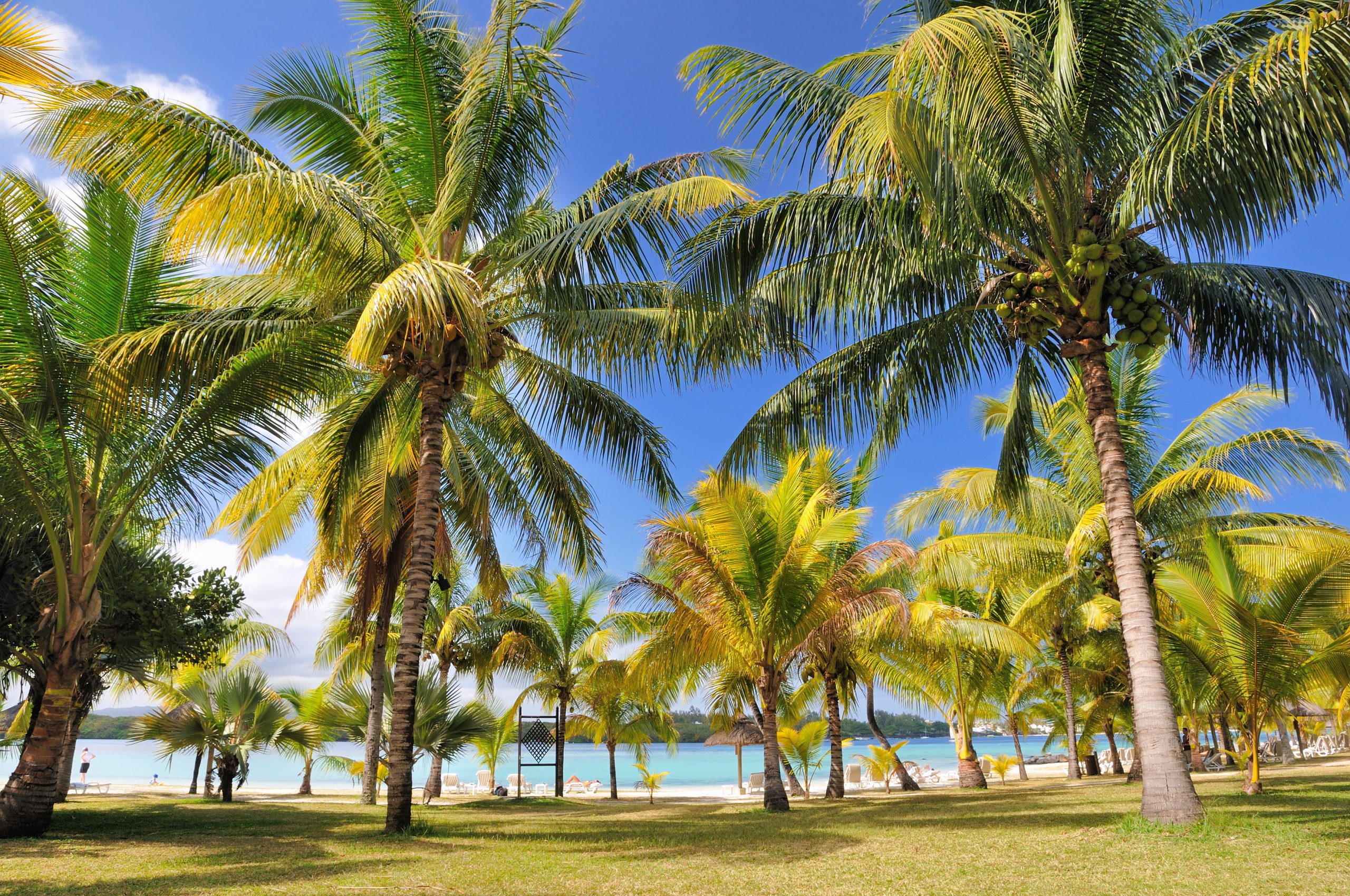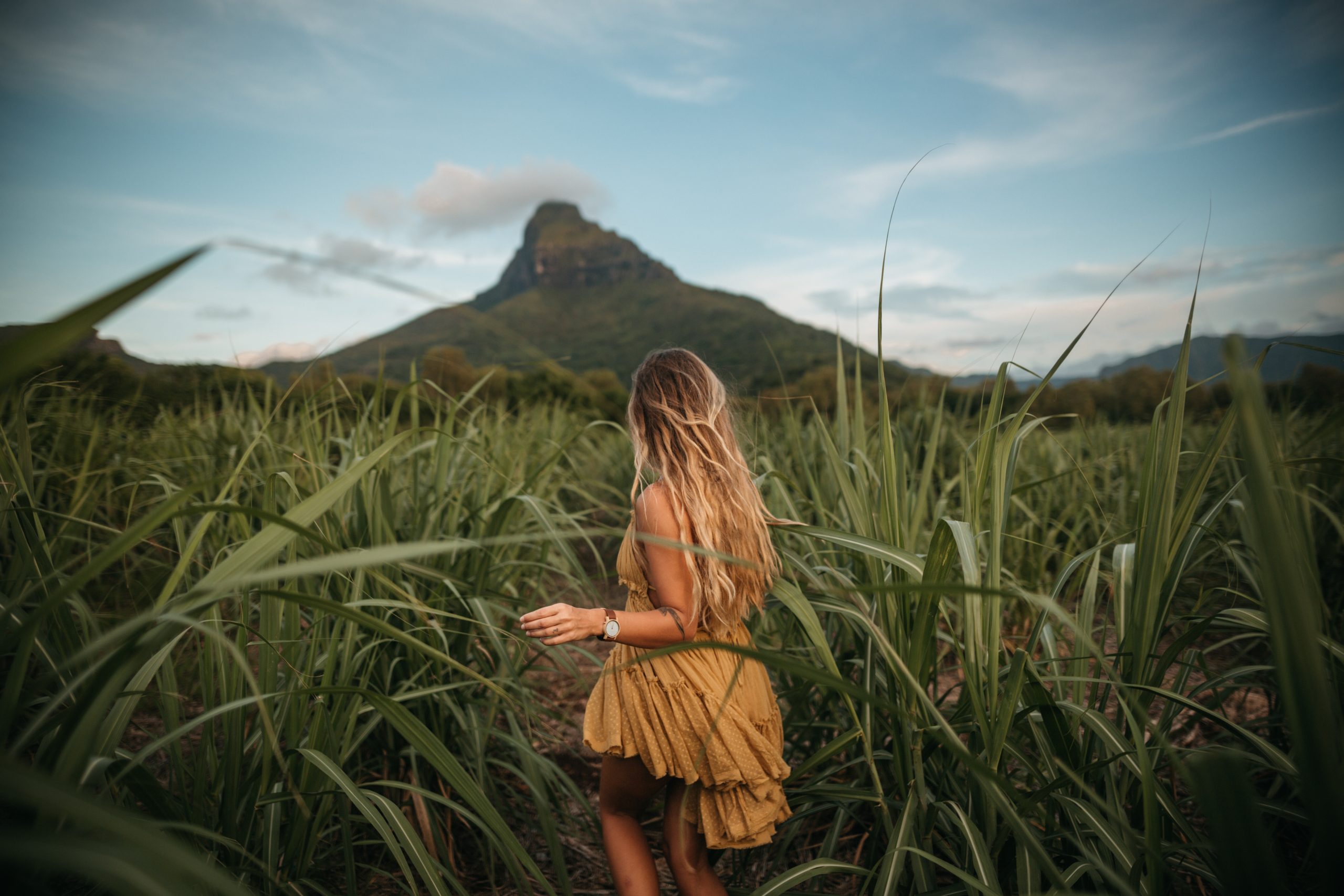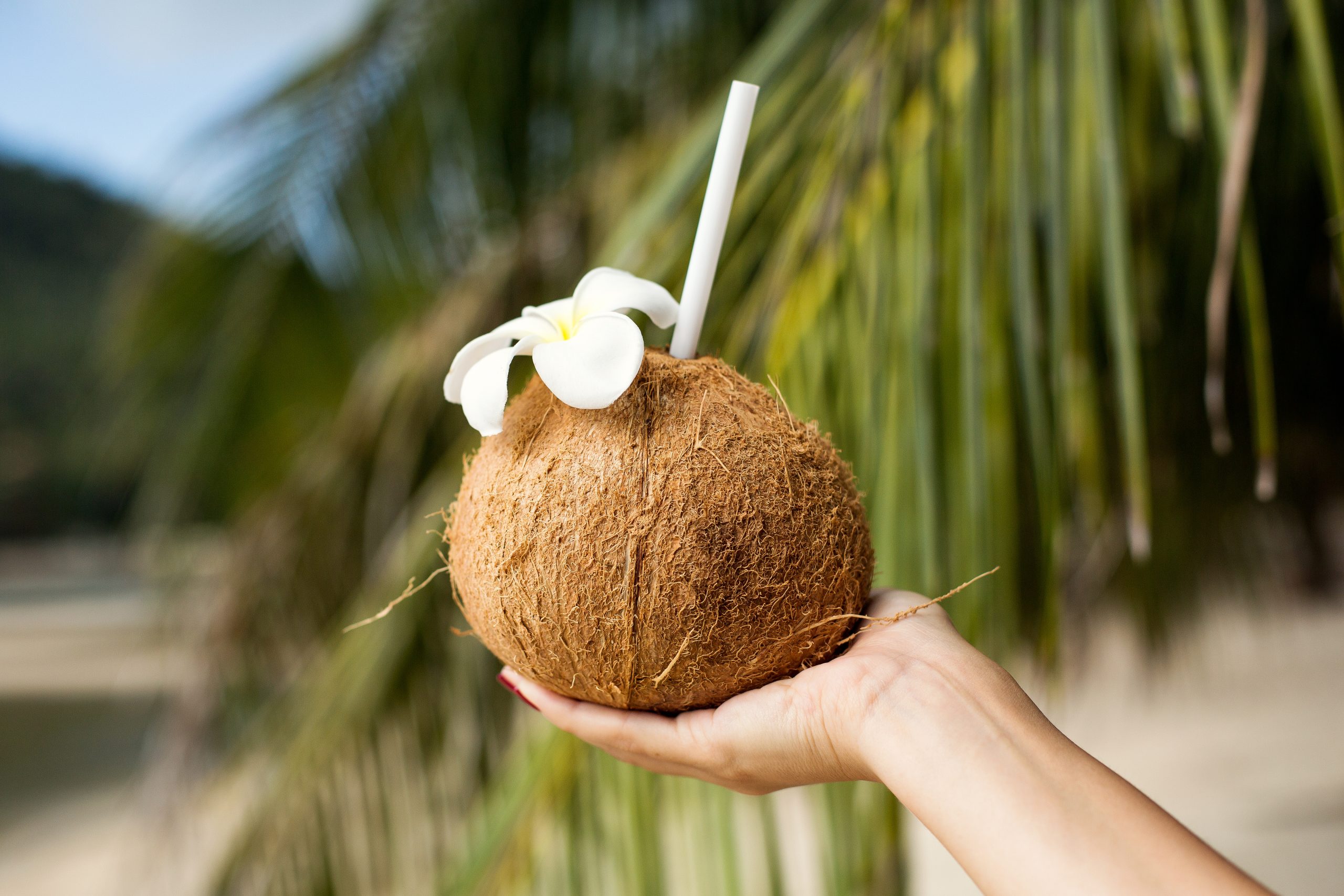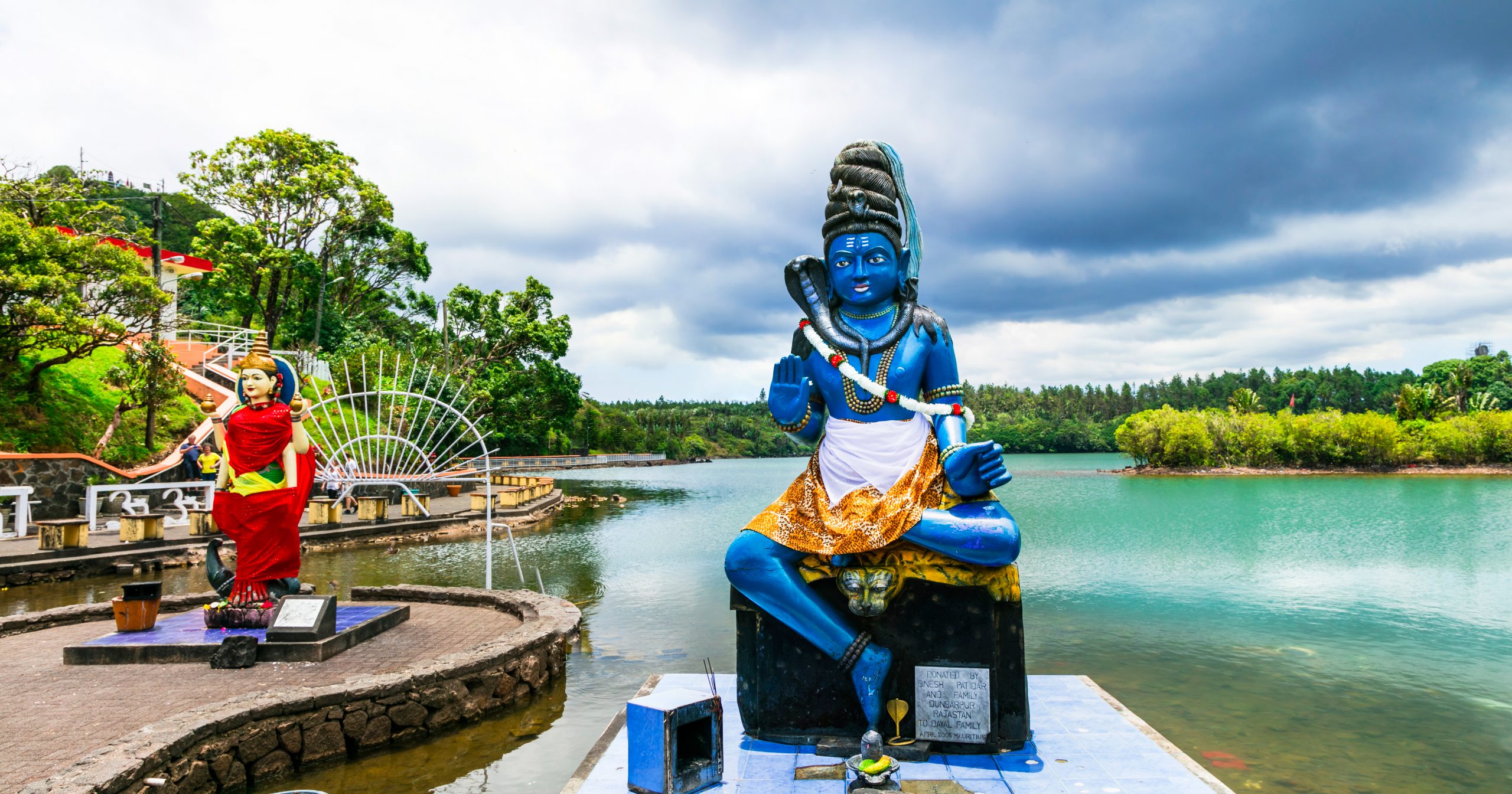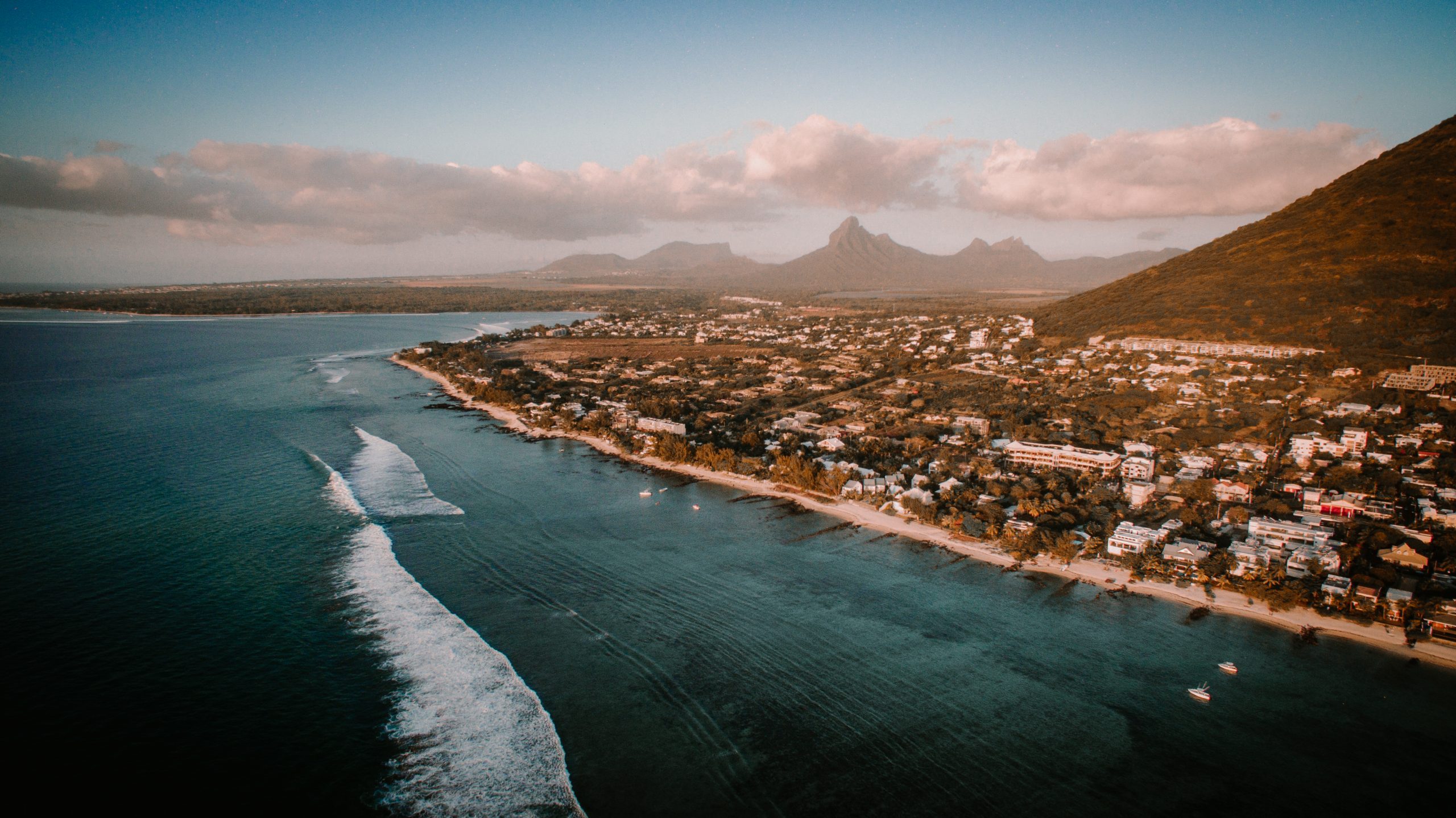A holiday in Mauritius is a cultural and historical discovery. Here are our suggested activities to learn more about the treasures of what is not just a tropical destination. Bring your family on a journey of 4 interesting and educational outings that will satisfy both children and parents.In the footsteps of the first indentured Indians at the Aapravasi GhatLocated in Port-Louis harbour, forty minutes away from your resort, this emblematic place is where the first Indian labourers disembarked from 1834 to 1910. 70% of Mauritian’s ancestors, originating from the large peninsula but also from Africa, Madagascar, the Comoros or South-East Asia, have gone through this restored building, which has been listed as a World Heritage site by UNESCO since 2006.Mauritius was the first colony to recruit indentured labourers for a period of at least five years after the abolition of slavery, to replace slaves and work mainly in the fields. Between 1834 and 1920, almost half a million indentured labourers arrived by boat from India at the Aapravasi Ghat to work on the sugarcane estates of Mauritius or to be deployed elsewhere. On 1640 m2, follow the beautiful stone stairs and walk in the footsteps of the men, women and children who were temporarily housed there. Each new entrant was registered and photographed. The splendid sepia photographs in the permanent exhibition, undoubtedly one of the museum’s most precious documents, show beautiful, serious and moving portraits.There are also historical re-enactments, discovery activities on touch screens, the display of excavations carried out on the site and various artefacts. A fascinating visit, in a beautiful historical setting, which will appeal to children and adults alike, and will help you have a better understanding of the settlement of Mauritius.Please note that the entrance is free for all.Embark on a tour of the Mahébourg Naval MuseumLocated in the south-east of Mauritius, forty minutes’ drive from Marguery Villas, the village of Mahébourg has a rich historical and naval heritage. Facing the sea and featuring an important port in the past, Mahé bourg was named in memory of the most famous administrator the country has ever known and the real architect of its growth, Mahé de La Bourdonnais. It is therefore the appropriate place to host the only naval museum in Mauritius.The first sight of the museum is the elegant colonial house built in 1760, set in a beautiful garden with century-old trees. Its magnificent gate and the canon that greets visitors are precious reminders of Mauritius’ colonial past. Please note that this is a traditional museum, with no interactive guided tour: just move around at your own pace.An antique museum with lots of characterThe museum has an interesting collection of old maps of the former Isle de France.The museum also houses a collection of extinct species, such as the legendary dodo, the Rodrigues Solitaire (or dodo) and the giant Aldabra tortoise, which was common on Rodrigues but exterminated by the Dutch for consumption.Some objects deserve your full attention: such as the Saint-Géran’s bell whose shipwreck we have mentioned earlier (LINK). Paintings, a Navy piano, palanquins, antique furniture, weapons, canons and sailing equipment give a very interesting insight into the history of Mauritius.The healing of enemy brothersThe museum is known for having housed two wounded officers after the famous battle of Vieux Grand Port in 1810 between the French and the English. The English Captain Willoughby and the French Captain Duperré were treated here and underwent their convalescence together. It is an outstanding example of the respect for the enemy that prevailed in the navy. The Battle of Vieux Grand-Port is one of the great prides of Mauritians: it is indeed Napoleon’s only naval victory and is inscribed on the Arc de Triomphe in Paris.The worship circuit in Port-LouisMauritius is a perfect example of the harmonious cohabitation between religions. Discovering some places of worship means immersing yourself in magical places that vibrate with the faith of Mauritians. We recommend a visit to Port Louis, the capital, to discover the four major religions that are practised on the island. To begin with, leave your car in the large car parks of Caudan: Port-Louis is easily walkable. You can also do everything by taxi, but that would be to miss out on the historic atmosphere of the paved streets of the capital city.Our recommendation: make sure you are dressed accordingly. Mauritians are tolerant, but places of worship are sacred, so avoid wearing anything that might be considered inappropriate.The first stop is at the Jummah Mosque, the former ‘Mosque of the Arabs’, in the heart of the capital. The stunning building dates from the 1850s and combines Indian, Creole and Islamic architecture. Entirely white with green shutters, the mosque extends over several blocks. Its impressive nailed door comes from India and was intended to repel elephant attacks. With its black and white cobbled floor, its ablution fountain and its huge prayer hall, the Jummah Mosque is very busy, especially during the Friday prayers. A beautifully carved circular balcony overlooks the street. The interior can only be visited by appointment and with a guide. Ask the concierge at your hotel for more information.Second stop, the Koyratti temple, at the northern exit of Port-Louis, after the northern station. In this place, the bright colours sparkle in the sunlight, the incense perfumes the air, which is filled with the prayers of the devotees: it is a lively, vibrant faith. Take off your shoes and walk through the different rooms of the temple. Don’t hesitate to ask the Mauritians who came to leave an offering or invoke a deity, to identify the different gods and goddesses of the Hindu pantheon. Necklaces of bright yellow flowers, cut lemons, majestic arches, pandit (priest) in prayer… experience a special time of sharing and communion with the Mauritians.Third stop, St Louis Cathedral, the oldest in Mauritius, dates back to 1814. Rebuilt several times, this beautiful grey stone monument with its two towers is home to successive bishops buried under its floor. Equipped with beautiful stained-glass windows and Christian statues, it is open to all. The Catholic Mauritians often pray there throughout the day.Last stop, the Buddhist Kwan Tee pagoda at Les Salines (opposite Caudan), certainly the oldest in the Indian Ocean. Dedicated to Kwan Tee, a great warrior known for his righteousness, the red pagoda with its pointed roofs is accessible to all. Red, green and gold are the predominant colours in the pagoda as they stand for happiness, prosperity and purity. There are several altars to make an offering or a prayer for good fortune or to the ancestors. Light incense and greet the smiling gods.The iconographic heritage at the Museum of PhotographyIn the heart of Port-Louis and in the charming cobbled lane of the Vieux Conseil, the Museum of Photography has been the family work of Marie-Noëlle and Tristan Bréville since 1966. Tristan, a great Mauritian photographer, has been conserving and saving authentic historical treasures. In the old white Creole house, stroll through the impressive collection of over a thousand old cameras, all carefully preserved.Marvel at the ancient daguerreotype that was brought to Mauritius in February 1840, making Mauritius one of the first countries in the world to practice photography! Browse through the archive photos and follow the island’s fascinating history through the thousands of old black and white and more recent colour photographs. Everything is represented: portraits, landscapes, city and country sceneries, major events, biodiversity… The museum is also a research centre for iconography with more than 400,000 acetate negatives, 5,000 glass plates, 28 daguerreotypes, 10 autochromes of the Lumière brothers, more than 200,000 prints on the island’s history and landscapes, 9,000 old postcards, more than twenty-five hours of films on Mauritius and its inhabitants from 1939 onwards, a collection of newspapers from the end of the 19th century to 1945 on photography in Mauritius, books and newspapers on the story of the cinematographer in Mauritius since 1897. Something to delight history lovers!Despite its very recent history, Mauritius is a fascinating melting pot. The beaches are beautiful, but you will also be charmed by the kindness and hospitality of the Mauritians. Spending time understanding what is special about its people is certainly the best way to enjoy a unique and successful holiday.For all your cultural outings, Jonathan, Vinesh and Olivier, our Marguery Villas concierges, will be happy to help you organise your activities: concierge@marguery-villas.com
